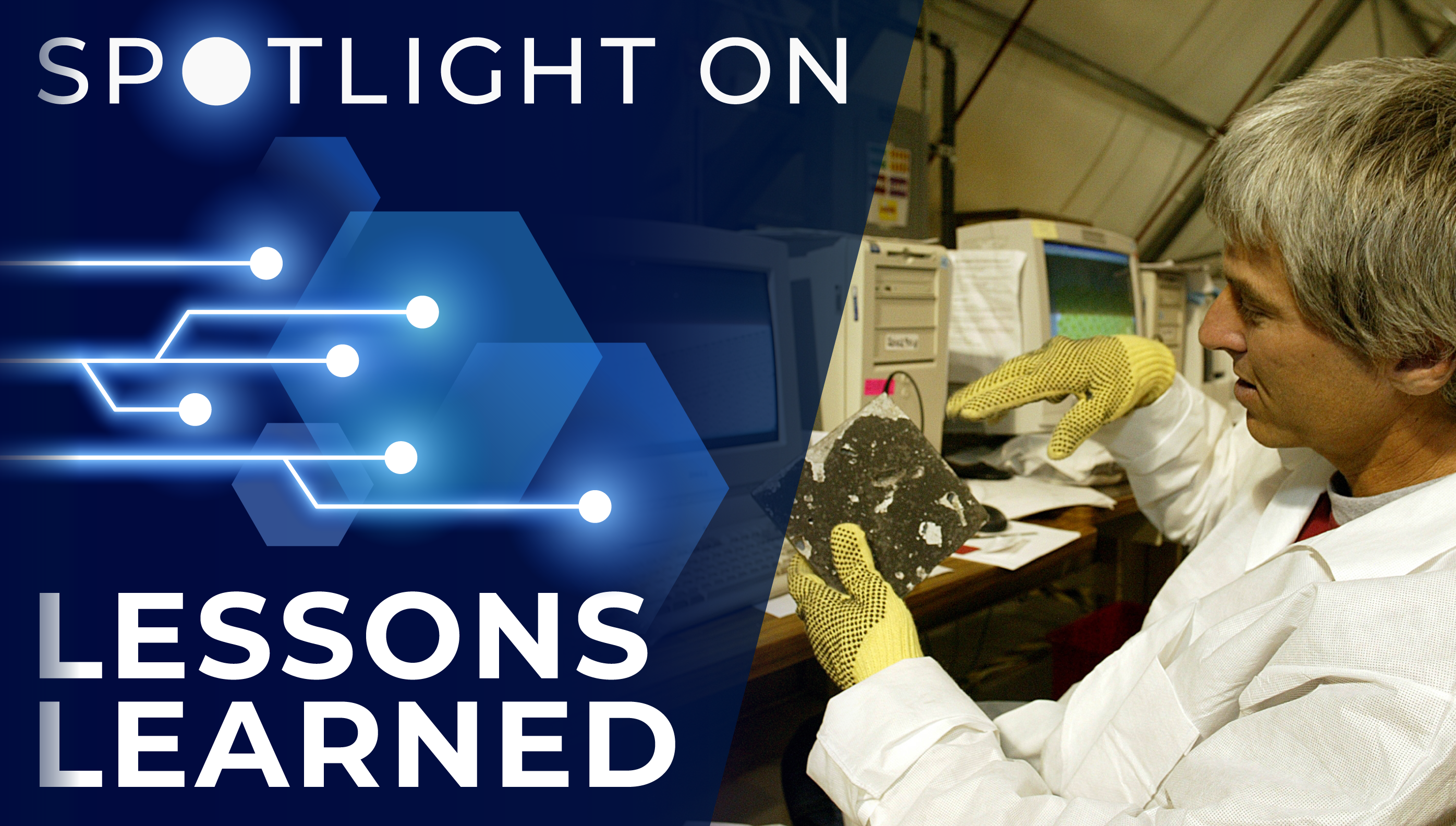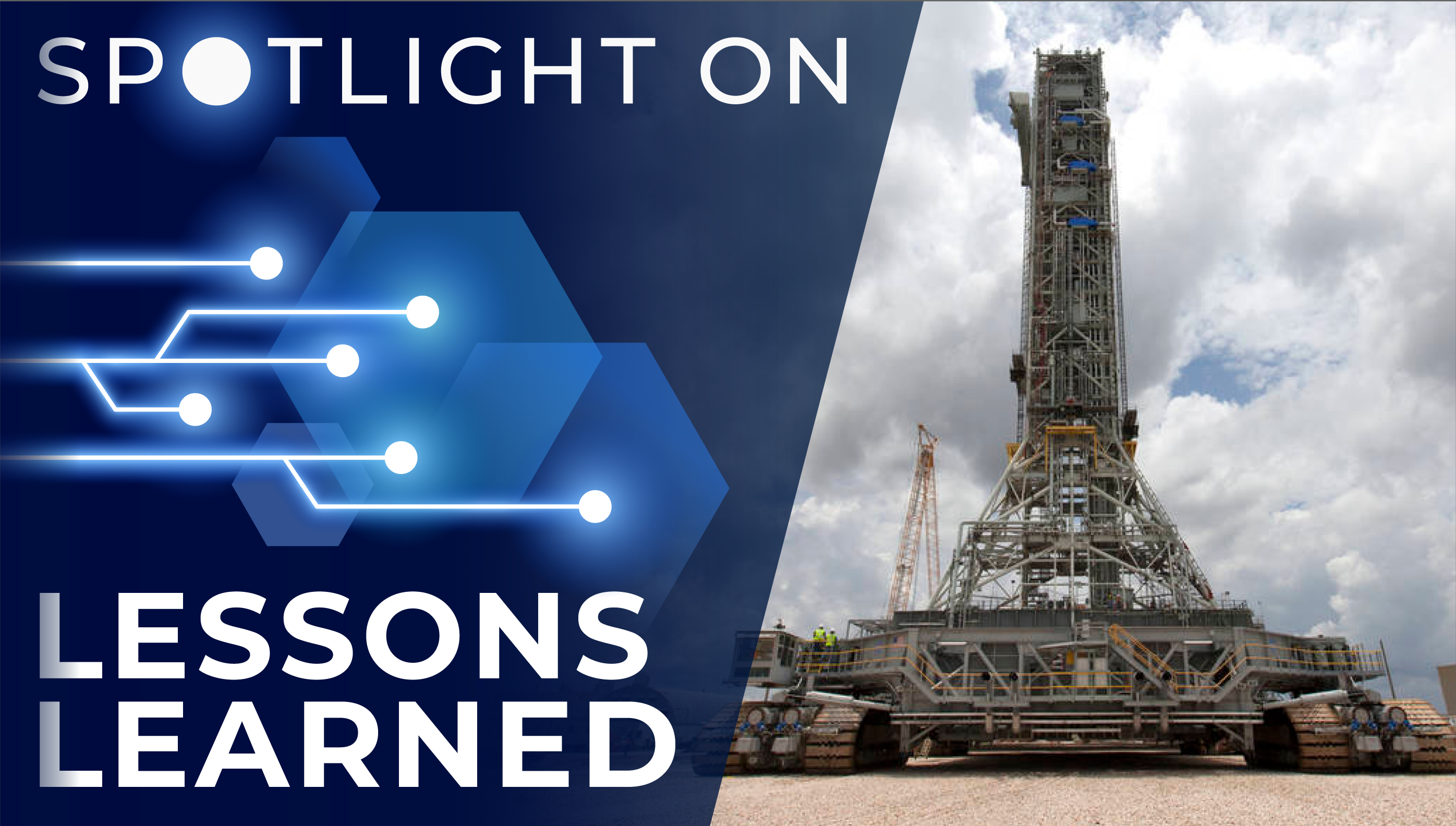
Shared use of a requirements management database with NASA contractors and partners greatly aids engineering collaboration and communication.
Throughout the development and test of spaceflight projects, NASA’s Jet Propulsion Laboratory (JPL) uses a popular commercial software application for definition and management of project requirements. Use of the requirements management database promotes design compliance and facilitates design verification.
JPL’s sharing of the database with contractors and partners not only aids engineering collaboration and communication but also allows the project to organize requirements into a standard structure that can be shared between organizations. Without such a tool, the task of accurately tracing complex and frequently changing project design elements to the sponsor’s performance requirements would be even more daunting.
The benefits of sharing the requirements management database with contractors and other stakeholders may not be fully realizable if the partners lack a common level of knowledge and experience in using the tool and in exchanging, linking, and maintaining data between remote servers. For example, the large, geographically dispersed, Mid Infrared Instrument (MIRI) for the James Webb Space Telescope (JWST) involved collaboration between JPL, contractors, a consortium of European partners, and an international science team. The MIRI solution was for each partner to maintain a subset of the MIRI document modules and regularly exchange data, permitting JPL to build and verify its requirement modules and deliver them for integration into the modules for which the partner was responsible. Each partner used local tools and practices to maintain link information within the database.
Lesson Number: 2316
Lesson Date: December 15, 2019
Submitting Organization: Jet Propulsion Laboratory
HIGHLIGHTS
LESSON LEARNED
- Although it is challenging to maintain an engineering requirements management database when there are multiple, geographically dispersed project participants, JPL has been successful in exchanging data and accommodating incompatibilities.
RECOMMENDATIONS
- Consult the administrators of the requirements management tool on process compatibility at the beginning of the project if project partners are to share use of a project requirements management database on a remote server.
- Follow established procedures.
Consult the lesson learned for complete lists.

Todd Bayer
Credit: NASA
NASA Jet Propulsion Laboratory Integrated Model Centric Engineering Project Manager Todd Bayer on the importance of this lesson learned:
The ability to work together, whether across teams within an organization, or those that span multiple organizations, is crucial to getting the job done right — on schedule and within cost. Any barriers to exchanging information impose a tax on the team’s effectiveness, which increases cost, schedule, and the likelihood of design errors. All this has the added effect of sapping morale, as anyone who has tried to work with inferior tools well knows.
This lesson applies to any shared data resource used by NASA’s technical workforce. Requirements have traditionally been the most critical data set for systems engineering (SE) teams to exchange, but other engineering domains have the same needs for their particular datasets. For example, mechanical engineering needs to build CAD drawings federated with data from multiple teams, as does thermal engineering for thermal models. The integrated multi-physics model used for verification and validation on JWST is an excellent recent illustration of these challenges.
The fact that requirements have until recently been the main dataset of concern for SE collaboration is more a reflection of the state of tooling than of need. Requirements databases have been in use since the 1990s at JPL and have had more time to mature than other SE databases. The improvement of data integration and modeling rigor made possible by (appropriate application of) Model-Based Systems Engineering enables these collaboration benefits to be leveraged for more types of system models, such as system architecture, trade studies, equipment lists, functional decompositions, mass and power analysis, interfaces, behavior specifications, integrated performance modeling, V&V, and more. As these capabilities come online, they offer the amplified benefit of enabling wider collaboration between SE and all the other engineering disciplines — which will eventually enable realization of the full vision of Model-Based Engineering.
Related Resources
James Webb Space Telescope Mid-Infrared Instrument
Model-Based Systems Engineering: Informed Decisions for Adoption & Alignment
Requirements Development and Management (APPEL-vREQ)
Spotlight on Lessons Learned is a monthly series of articles featuring a valuable lesson along with perspective from a NASA technical expert on why the lesson is important. The full lessons are publicly available in NASA’s Lessons Learned Information System (LLIS).
If you have a favorite NASA lesson learned that belongs in the spotlight, please contact us and be sure to include the LLIS Lesson Number.









